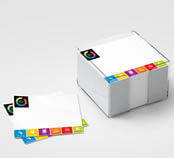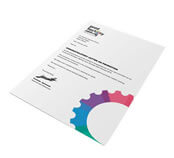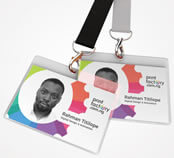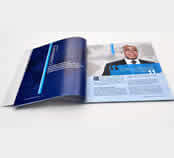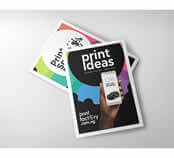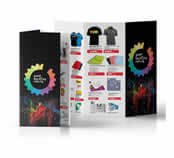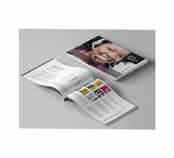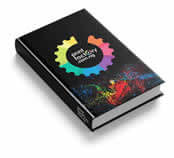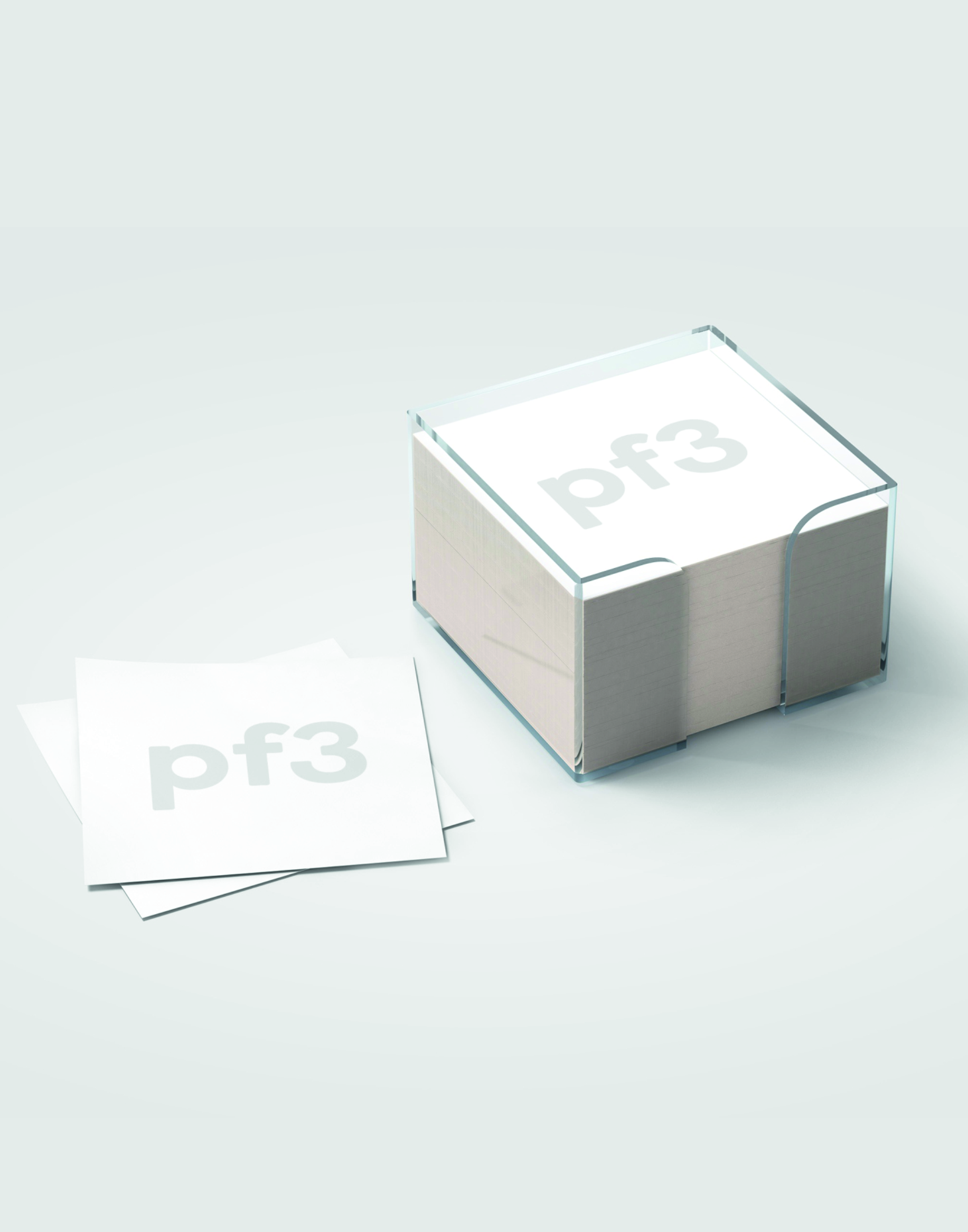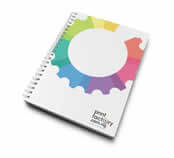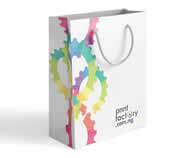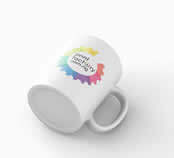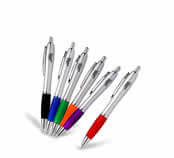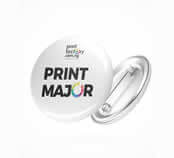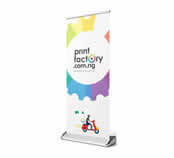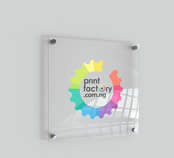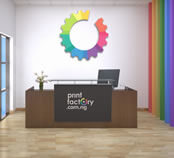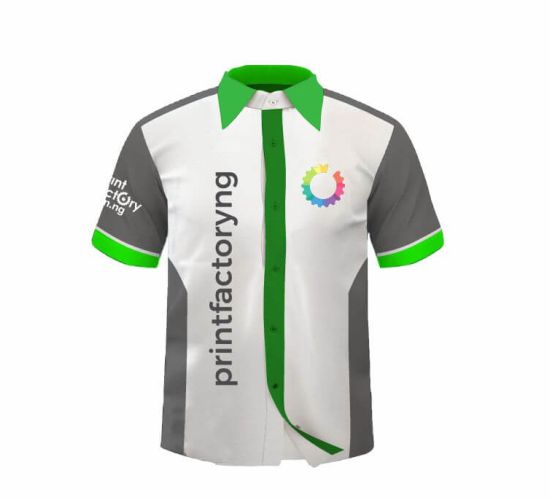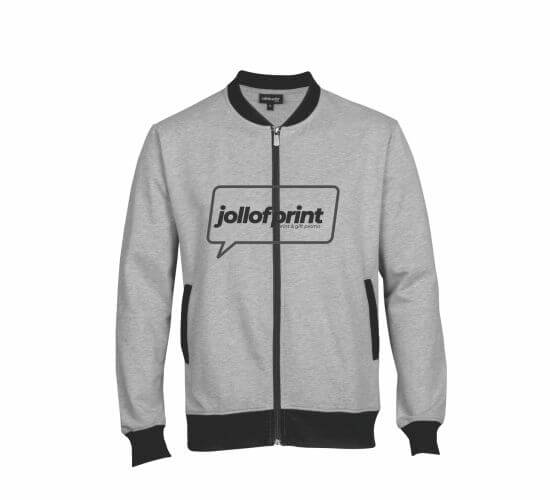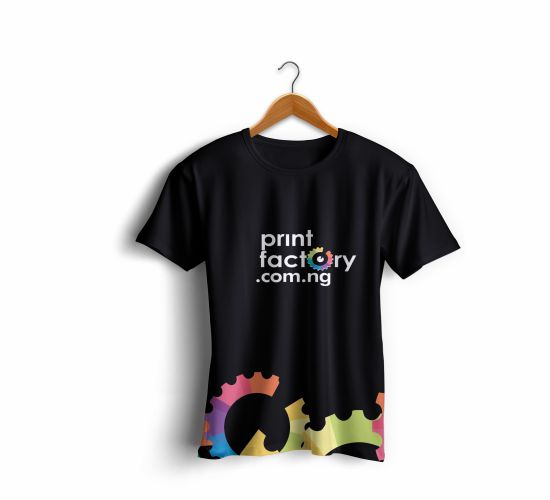Blog Post
Business Card That Works
A good business card is an extension of your brand that conveys the right information about who you are and what you do in a memorable, powerful, and meaningful way. It is not just a tool for giving out your information but an opportunity to connect your business to prospects. For that reason, good business cards will never be replaced by any of the digital networking tools at our disposal, because digital tools lack the human factor of the equation.
So what information should be on a business card?
Below are tips you can use to transform your business cards from a scrap piece of paper that people throw in the bin as soon as they get home, to a powerful connection agent that draws prospects to your business like needles to a magnet.
1. Unique logo
Before you think about what information goes on your business card, you need to make sure you have your logo, because your logo is the most important element of your brand. Your business card needs to convey your business identity through the shapes, colors, and words it features. Anyone holding your business card should be able to identify your brand and instantly recognize wherever they may see it in the future as well, be that on your website, your portfolio, your newsletter, etc. Get a logo design here.
2. Make Sure It Is Readable
The visibility of the font used in your business card is very important. Yes, its true funky fonts are fun, but there’s a time and a place for them, and your business card isn’t the right place.

Make sure the fonts you use on your business card aren’t too small, too fancy, or distorted in some way, making your card difficult to read. Do you want to add some spice to your card? Let your logo be the design element that adds interest and keep the text simple and straightforward.
3. Contact Information
If you want people to contact you, you have to tell them how, but which of all your contact info should you include? The key word to keep in mind here is “direct.”

Bearing that in mind, always give your direct contact information as a professional, rather than a business, while keeping your personal information private. Should you decide to include a physical street address, Do so only if you have a physical location that is crucial to doing business. If you’re a photographer, for example, who shoots people around your location, you should at least include your state on the card. If you’re a copywriter, however, who works from wherever there’s Internet, there’s no point in giving anyone your registered business address. It’s simply irrelevant.
4. Name / Functional Job Title
Seems obvious, doesn’t it? But you’d be surprised how many people get this wrong. If your name is David but prefer to be called Dave, put the latter on your card, not the former. A business card isn’t meant to provide your ancestry information but introduce you to people who may be interested in talking to you.

What about your job title? As a freelancer, entrepreneur, or small business owner you probably wear many hats in your business but the question is ‘which one do you note on your business cards?’ Use the one that describes your main function in the business.
5. Creativity
You need to get creative with your presentation in a way that expresses you! Show people what you do through your card design rather than simply tell them through your job title.

Whatever you decide to do, and for the sake of everything that’s good in business, don’t be bland! Give people a reason to contact you—even if just to say “I loved your business cards so much I just had to call you!” You can always deepen the connection from there. Make them laugh, intrigue them, let them fill in the blanks, and if you can’t think of any good ideas for custom cards yourself, don’t worry;
We can always help you create something unique and custom.
6. Professional Printing
While you can print your business cards at home on your inkjet printer with perforated business card paper, please consider professional printing instead. You may be able to save a moderate amount of money and update your information easily if you print them yourself, but the impact of handing over a homemade business card isn’t the same as cards that are printed professionally.
To order for your business card print click here
7. Usage of Special Finishing Options
There are many ways to make your business card stand out when it comes to the design. There are some very effective business cards that use attention-getting finishing features such rounded corners or other die cuts, unusual sizes, embossing, foil accents, and folds that can turn a simple card into a mini-brochure.
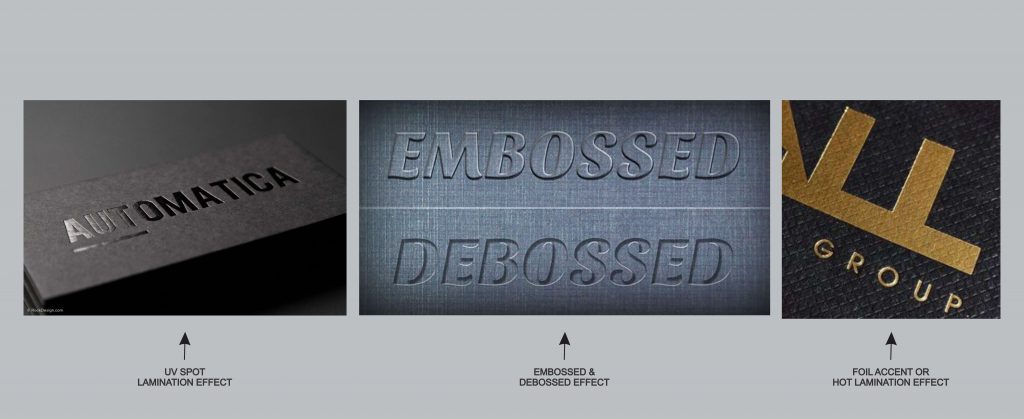
Any of these options may work for your business card, but make sure you are selecting a finish that is relevant to your brand not just something cool to try.
